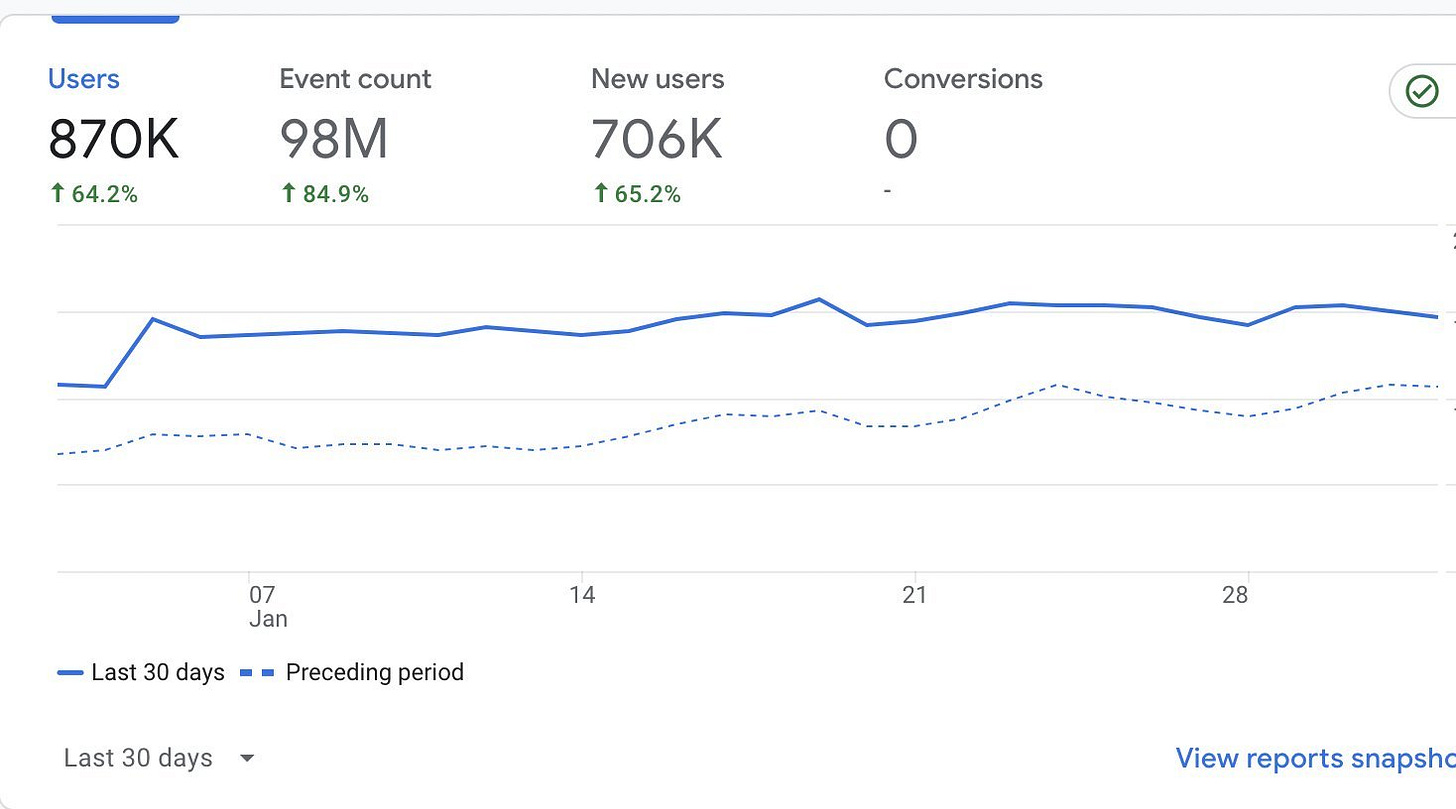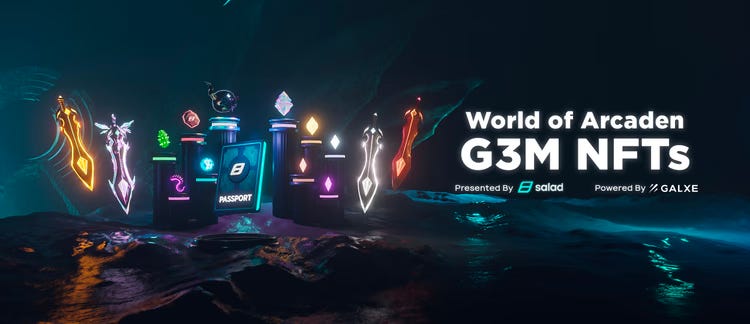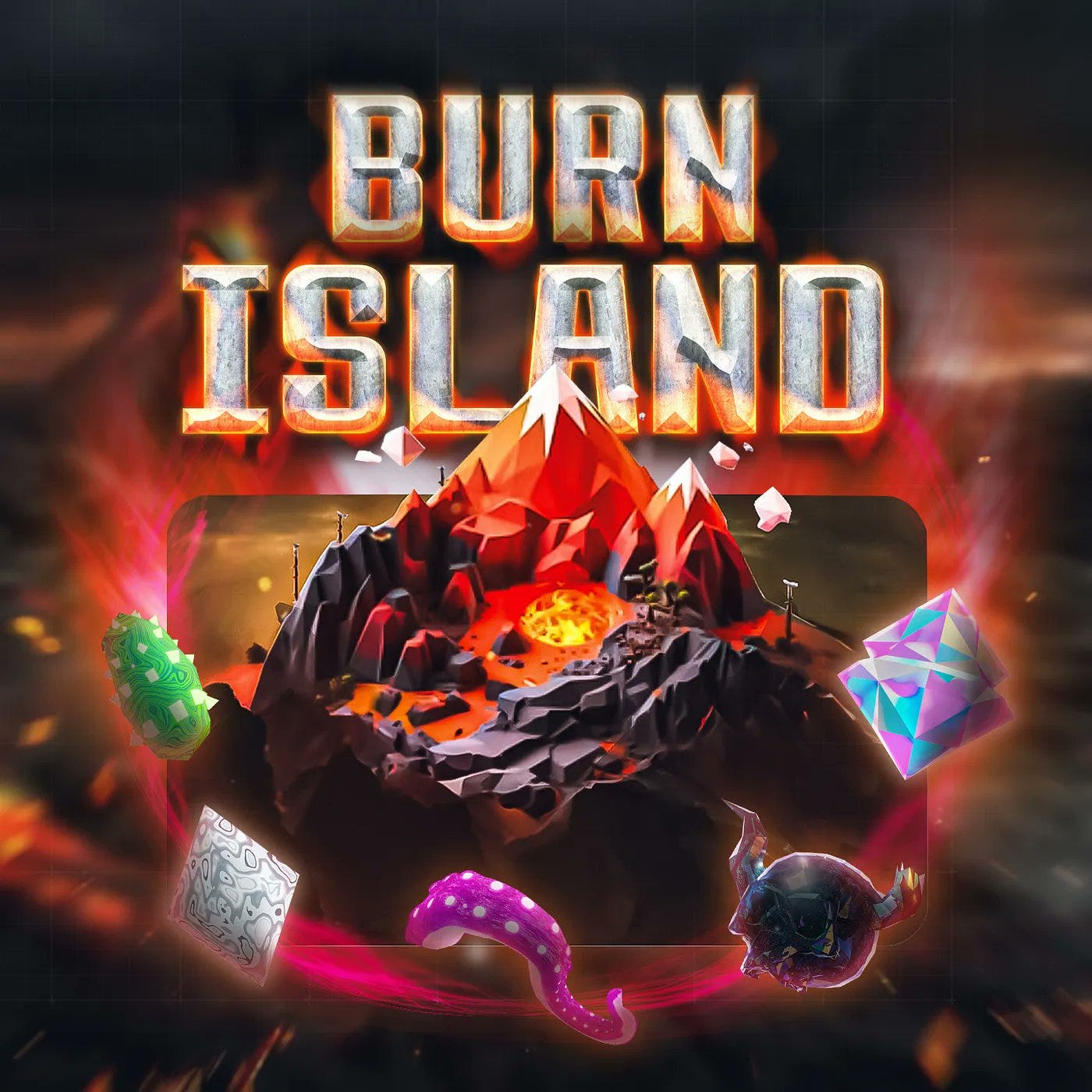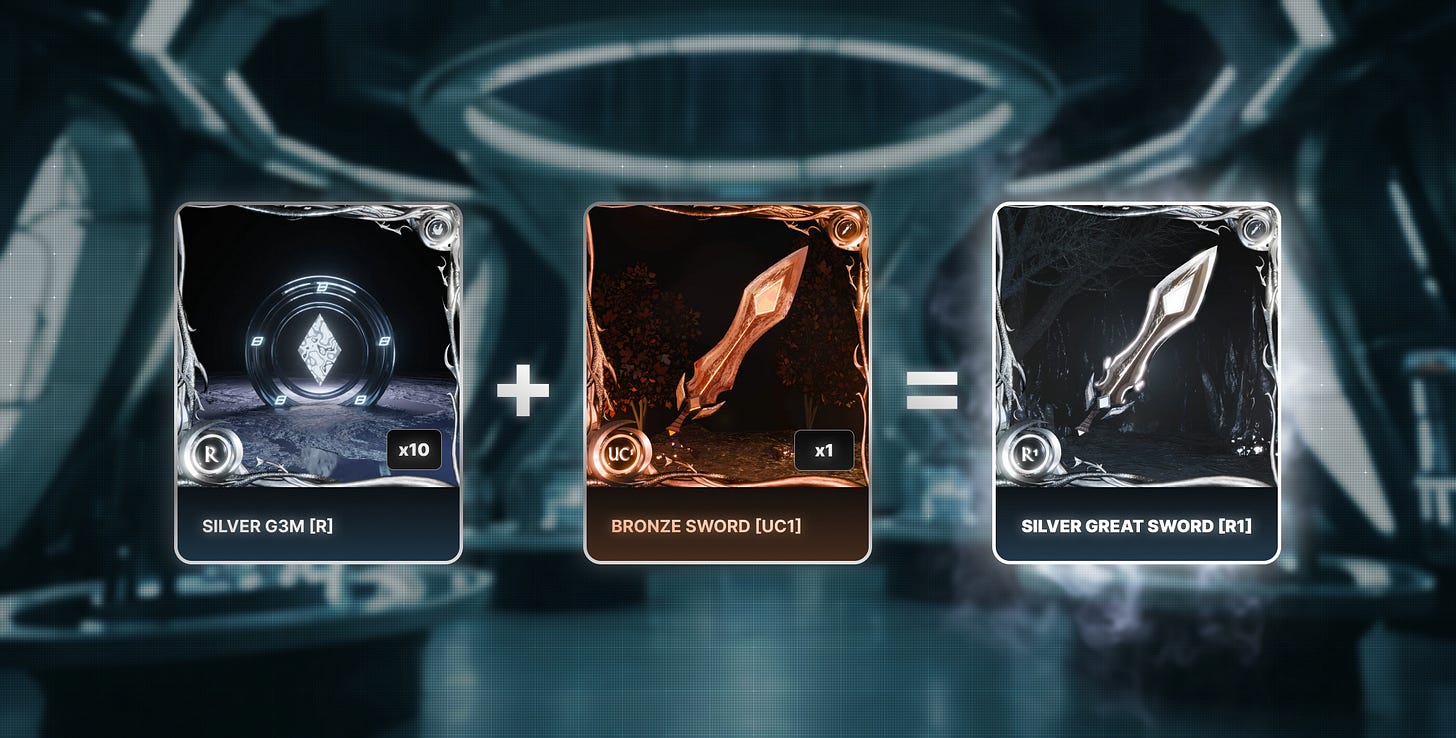The Evolution of Gaming Incentives
A Founder's Take on Play-to-Airdrop
The digital gaming landscape, especially within blockchain, has seen its fair share of innovation in player incentives. As a founder in this dynamic space, I've observed the progression from Play-to-Earn to Play-and-Earn, and even Play-and-Own. Each model had its moment, promising a new era of engagement. Now, we're entering the Play-to-Airdrop (P2A) phase, stirring both excitement and skepticism among gamers and developers alike.
Maximizing Exposure and Retention
The ultimate goal for any project is clear: gain maximum visibility, draw in users, and keep them coming back. Yet, the burning question remains—how do we attract a vast player base without eventually losing them?
Enter Play-to-Airdrop. The concept isn't groundbreaking; crypto enthusiasts are no strangers to airdrop farming. It's a simple trade-off: a few minutes of daily engagement for a chance at token rewards. But with P2A, this model is getting a fresh spotlight.
Pioneering the P2A Model
Consider Pixels Online, a trailblazer in leveraging P2A. By rewarding daily gameplay with points towards an airdrop, they managed to attract a significant following. But this brings us to a pivotal query: can airdrops alone sustain player interest if the game falls short on fun?
Pixels Online proves a point here. The community's vibrancy persisted even after the $PIXEL airdrop, showcasing that beyond incentives, the game's inherent enjoyment is key to retaining players.
Another Case Study: Mavia Game
Similarly, Mavia Game embraced P2A, witnessing an uptick in downloads and engagement. The game's enduring popularity post-airdrop, supported by the stable value of its token, reiterates the essence of a fun gameplay experience in maintaining player interest.
Addressing P2A Challenges
Despite its advantages, P2A isn't without its hurdles. Airdropping tokens requires deep pockets, though a captivating game can alleviate this burden. The real test comes when tokens hit the market—will their value hold if the game doesn't live up to the hype? Moreover, the risk of projects exploiting the P2A tag for a quick user boost without a solid game foundation cannot be ignored.
Play-to-Airdrop presents a nuanced approach to engaging and retaining a gaming audience. Its success hinges not just on the incentives offered but crucially on the quality of the gaming experience. As the blockchain gaming landscape continues to evolve, so too will our strategies to captivate and keep our player communities engaged. The path forward is as challenging as it is thrilling for founders and developers alike.
Integrating Play-to-Airdrop with NFT Innovation: The Case of Arcaden by Salad
Amidst the evolving narrative of gaming incentives, Arcaden emerges as a noteworthy example, illustrating the seamless integration of Play-to-Airdrop (P2A) with groundbreaking NFT technology. Arcaden, a product of Salad, has recently announced the public availability of minting for its revamped collection, which includes both Arcaden Weapons and Materials NFTs. This development marks a significant milestone in the project's journey, promising to enhance the gaming experience through innovative use of blockchain technology.
Revolutionizing NFT Minting and Utility
Arcaden's journey began with an original collection launched on Galxe, achieving over 4 million NFTs minted and 5 million transactions within just 12 months. This feat was impressive but came with its challenges, particularly the high gas fees associated with such a volume of transactions, especially during peak market conditions. To address this, Arcaden has transitioned to using G3Ms on the MATIC network as ERC-1155 tokens, a move aimed at drastically reducing gas fees and making the platform more accessible.
For original holders of the V1 G3M NFTs from Galxe, Arcaden introduced the Burn Island feature. This allows users to convert their older NFTs into new collectibles, which can then be reminted as ERC-1155 tokens. This process not only preserves the value and continuity for existing users but also embraces the ethos of sustainability and innovation.
Enhanced Accessibility and Innovation
New and existing users can now access collectibles through Arcaden's platform and mint them in bulk via the minting hub, offering significant savings on gas fees. This is particularly beneficial for users with extensive NFT collections, aligning with Arcaden's mission to keep the platform affordable and accessible.
Arcaden's future-focused vision includes several exciting features like forging, upgrading, and leveling, aimed at keeping the gaming experience fresh and engaging. The Arcaden Materials (ARCM) collection encompasses all materials necessary for weapon upgrades, including G3Ms, forging materials, artifacts, and more. Meanwhile, the Arcaden Weapons (ARCW) collection includes a variety of weapons essential for battling the forces of evil in the game's quests and adventures.
A Future of Expansions and Engagements
Arcaden is not stopping here. The team has hinted at several upcoming expansions, including Arcadians, Moxies, SALDiamond, Evo Weapons, and more. These expansions promise to further enrich the gaming ecosystem and provide players with new challenges and opportunities for engagement.
To ensure players are fully integrated into the community and up-to-date with the latest developments, users should join our Discord and follow our social media channels. With quests and other engaging content on the horizon, Arcaden is setting a new standard for what players can expect from Play-to-Airdrop models and NFT-based gaming platforms.
By weaving together the allure of P2A with the tangible benefits and innovations offered by NFTs, Arcaden stands as a beacon of what's possible in the intersection of gaming, blockchain, and community engagement. Powered by one token.
$SALD.








